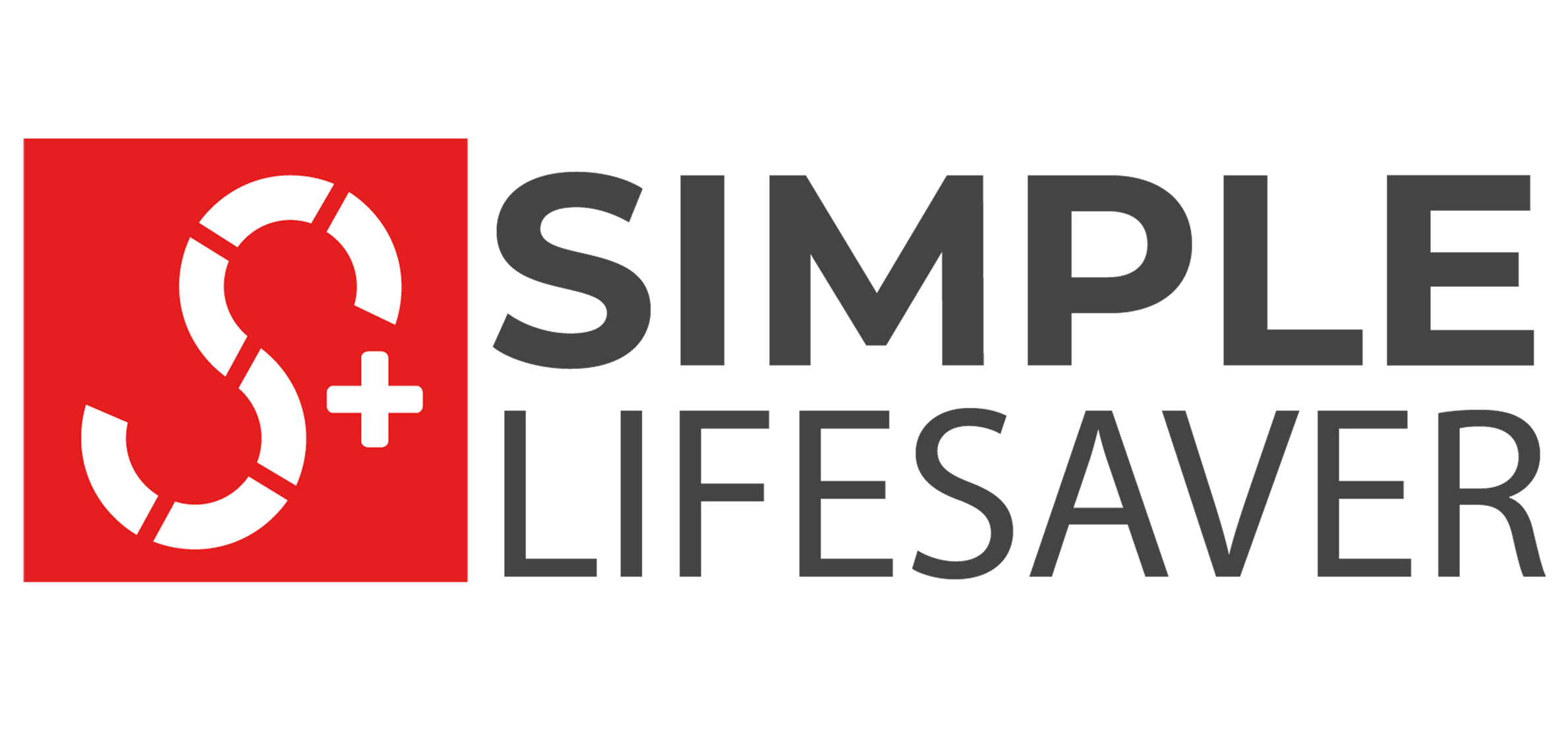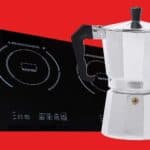Splatter screens are a great way of keeping your stovetop clean, particularly when cooking with oil.
They can also protect you from those grease splatters that seem to home in on you with unerring accuracy!
Ovens, as we all know, get dirty quickly and can be a real pain to clean a splatter guard seems like a great idea to cut down on this household chore.
But can you use splatter screens in the oven?
Although designed for stovetop use, I’ve used stainless steel and aluminum splatter screens several times in my oven without any issues.
LATEST VIDEOS
In the course of researching this article, I found that the answer to what is seemingly a simple question is a bit more complicated than it sounds. There are some dos and don’ts to consider, which we shall cover in the course of this article.
Just What Is A Splatter Guard?
Before we cover the main topic of this article, let’s clarify what a splatter guard is and how it works.
A splatter guard is designed to contain most of those messy (and dangerous!) grease splatters while still letting steam escape.
They are intended to cover the cooking pan and usually consist of a mesh screen that is stretched across a circular metal frame. If you think of a sieve that has been flattened, then you have the right idea.
One other useful feature that splatter guards have is that they can also be used for draining and straining.
They also come in different materials – three of the most common are:
- Stainless Steel – Most splatter guards are manufactured from stainless steel, with both the mesh and the outer rim made from this. A good example of this type is this U.S. Kitchen Supply model.
- Silicone – Another common material used is silicone. Silicone has been used in ovenware for years because of its heat-resistance properties. There are some like this model from SKEMIX 11.5″ that can readily be used in ovens. This heat-resistant silicone material can withstand temperatures of up to 445 degrees Fahrenheit.
- Aluminum – Similar to stainless steel in appearance but is likely to develop rust spots and isn’t dishwasher friendly.
Also, they come in a variety of sizes, ranging from around 8″ up to 15″, most home use guards are around the 12″ to 13″ mark. Buying a larger model means you can also use it on smaller pans, but if the pan is too small, it doesn’t work well.
One other variable worth considering is the mesh size, some feature finer weaves than others, and in general, the metal models have finer mesh than the silicone ones.
Both the models featured above are safe for oven use. However, they have been designed first and foremost as stovetop splatter guards, other options are designed specifically for ovens that we will have a look at later in the article, but before we do that, let’s consider just what makes certain stovetop models unsuitable for oven use.
Why Are Some Stovetop Splatter Guards Unsuitable For Oven Use?
There are a couple of main reasons why certain types of splatter guards aren’t going to work in the oven. The first one I hope is obvious to most people, and that is that many models feature plastic fittings such as handles.
If the main point of using one of these is to reduce the mess in the oven, you are going to be disappointed to find a melted puddle of plastic at the bottom of your oven!
Another aspect to be considered is size. Again this comes down to the handles themselves, but this time it isn’t the material we are concerned about, it’s the size.
Many models feature a folding handle, so if the material is ovenproof, then these are likely to work perfectly well in the oven.
Other models don’t have this function, and as such, they are unlikely to fit comfortably inside a domestic oven, if at all.
If you are looking for a multi-purpose splatter guard that is good for both stovetop and oven, then you need to consider two points when making your choice.
- Are all the materials ovenproof?
- Will the handles fold so that it fits in my oven?
So, now we know that the right splatter guards can be used in the oven, let’s compare metal v silicone splatter guards.
Metal VS Silicone Splatter Guards, Which Is Best?
Much of this is just down to personal preference, but if you’re not sure, this section covers some of the good and bad points of both materials.
- Mesh Size – Metal splatter guards, are the outright winner when it comes to mesh fineness, this allows them to let more heat and steam escape from the pan, while still containing grease splatters.
Silicone splatter guards have less scope when it comes to mesh sizes and instead rely on a series of perforations, this means they retain more heat and steam in the pan. - Temperature – A steel mesh is going to require careful handling when it is just out of the oven, whereas the silicone models will be cool to the touch. One other advantage this offers is that a silicone splatter guard can also be used as a cooling mat.
Splatter Screen VS Lid
Why not just stick a lid on the pan? Problem solved, right? Well, yes, a lid certainly deals with splatter, but it also traps the steam.
This is not ideal when you’re trying to sear a burger or a steak.
Splatter guards are designed to let the steam escape and ensure your burger is seared to perfection.
Oven Friendly Alternatives to Splatter Guards
Ultimately most splatter guard models that we have considered are designed specifically as stovetop models, and it may be that you shorten their life through continual oven usage.
One alternative is to use baking or pizza screens. These have been made to withstand the higher temperatures of oven cooking and will last longer.
There are some great models like this Silicone Multi-Purpose rack, which perform a variety of functions. And if you prefer the metal options, then this Pizza rack from American Metalcraft is excellent for keeping that oven sparkling!








